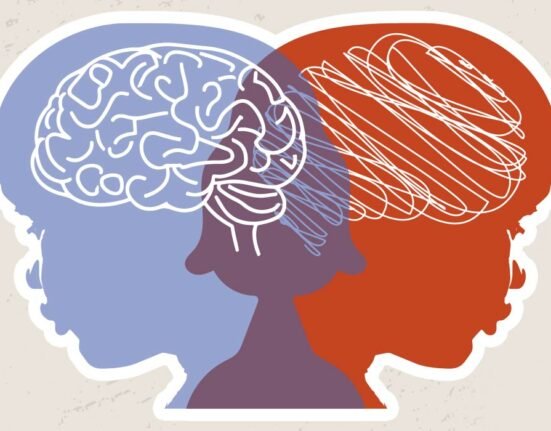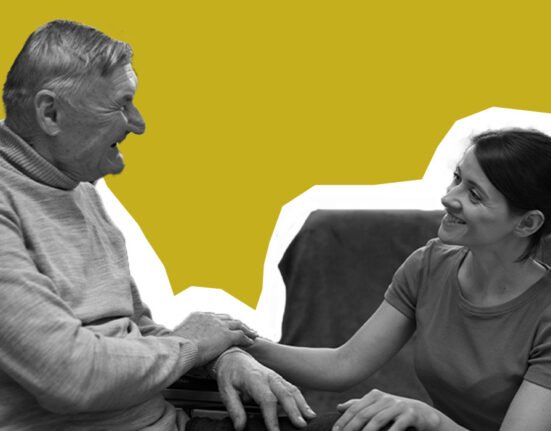A feasible and well-tolerated way of treating major depressive disorder, spinal cord stimulation (SCS) has been demonstrated by researchers in a pilot clinical experiment. Twenty patients participated in the research, which lasted eight weeks and featured thrice weekly 20-minute SCS sessions. The study findings indicate that the active stimulation group showed a higher reduction in the severity of depressive symptoms in comparison to the control group. This novel method offers a new direction in the treatment of mental diseases by indicating that modifying brain-body neural connections using SCS can have a major impact on mood regulation.
Important Details
According to the study, patients responded well to spinal cord stimulation as a potentially effective treatment for depression.
- Depressive symptoms were decreased in participants who received active stimulation.
- The findings pave the way for additional testing and the creation of a portable SCS technology for the treatment of mental disorders.
- Researchers from the University of Cincinnati conducted a pilot clinical experiment that revealed electrical stimulation to the spinal cord is a viable, well-tolerated treatment option for depression.
Also Read: Understanding Pain Management in Relation to Psychology
Novel Insights and Therapeutic Potential
According to the principal investigator, the study focuses on the role that brain-body communication plays in mental health conditions.
- Because they are essential to emotional experience, these interoceptive processes and predictions are also fundamental to the idea of mood and mood disorders such as major depressive disorder (MDD). In comparison to the control group, patients who received active stimulation saw a higher reduction in the level of severity of their depression symptoms.
- In order to investigate the role and therapeutic potential of (Spinal Interoceptive pathways) SIPs in MDD, neuromodulation-based therapies that target SIPs at the spinal cord level may be able to reach a dysregulated brain-body circuit. Dysregulation in the brain-body connection can attribute numerous symptoms to eating disorders, anxiety disorders, and mood disorders.
- According to the researcher, neural pathways in the spinal cord provide information from the human body to parts of the brain related to mood, or the emotional state we experience. When the brain is working properly, it utilizes this information to make adjustments all the time to help control an individual’s mood.
- Although there are numerous potential reasons of major depressive disorder, an information overload on this pathway may be one of them. Prolonged stress may trigger an overactive brain-body circuit that finally exhausts the system and keeps it from self-adjusting in a way that is most efficient and effective.
- The research team created a novel strategy utilizing non-invasive spinal cord stimulation after considering various methods to modify this brain-body relationship. The goal of spinal cord stimulation is to reduce information flow in the brain-body circuit to improve the brain’s capacity for self-regulation and readjustment.
Also Read: Let’s Know about Persistent Genital Arousal Disorder
Trial outcomes
The study’s main objectives were to determine whether the intervention was feasible, safe, and how well patients handled stimulation. Even though the trial had the provision for a potential reduction in the stimulation level, all patients exhibited good tolerance to the initial dose administered.
- There is still much to learn about the ideal dosage and frequency of sessions, the researcher added. “They generated a current that is small enough that it’s approximately ten times smaller below the one believed to induce tissue damage,”
- Historically, the lack of instruments to examine or alter spinal pathways in people with MDD has constrained our understanding of the role that SIPs play in depressive illness.
- The treatment caused only minor side effects, such as skin redness at the stimulation site and transient, non-painful burning or itching sensations that persisted only for the duration of the treatment sessions. After a session, the skin redness usually subsided within 20 minutes.
- The current from the device reaches the spinal gray matter in the spinal cord, but it does not reach the brain itself, according to a virtual reconstruction of the current’s path through the body.
Also Read: What Are The Popular Myths About The Brain?
The researcher additionally stated, “Modulating these information pathways may affect the mood-relevant areas of the brain.” Therefore, the alteration in the signal that follows has an impact on the brain rather than the current itself.













Leave feedback about this